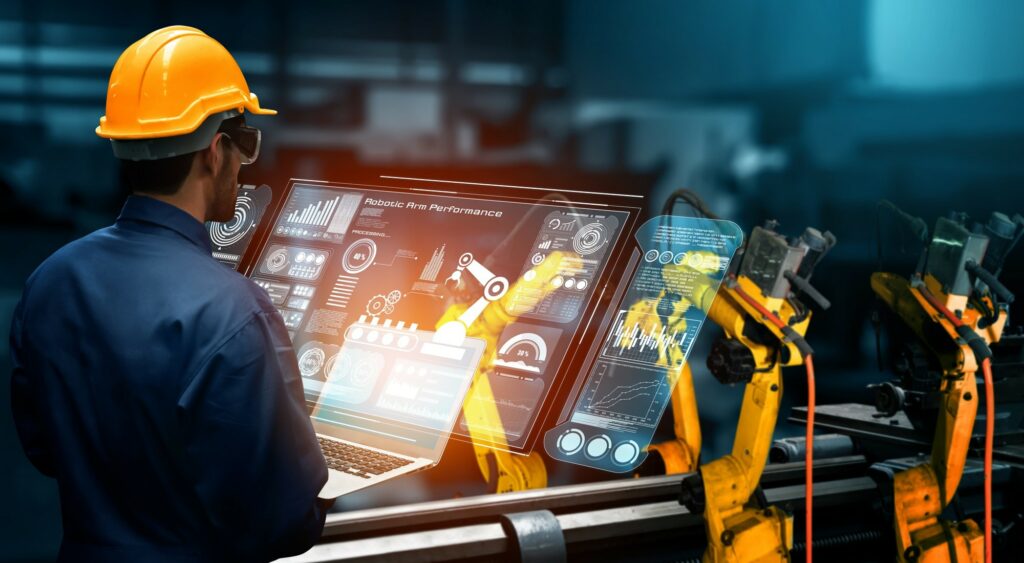In 1816, French physician René Laënnec faced a problem. Traditional methods proved unsuccessful in diagnosing a woman with a heart disorder, so he rolled several sheets of paper into a cylinder, placing one end on the patient’s chest and the other by his ear. With that, the stethoscope was born. Little did Laënnec know that his innovation — inserting an instrument between patient and doctor — would transform medicine. Over time, technical reporting from machines replaced traditional methods of deep inquiry in this same field. Human intuition and holistic evaluation increasingly took a back seat. What we now know as conventional medicine came to be about the disease, not the patient.
AMI Awarded $2M Grant from Florida Department of Commerce to Deploy Smart Manufacturing Lab
TALLAHASSEE, FL – Advanced Manufacturing International (AMI) has been awarded a $2M grant

